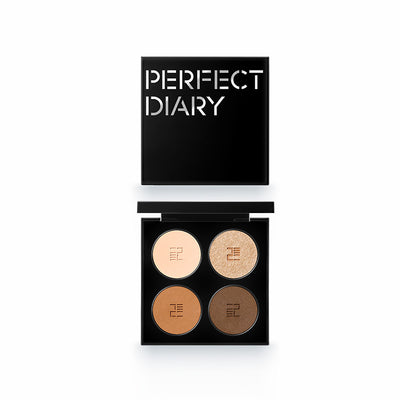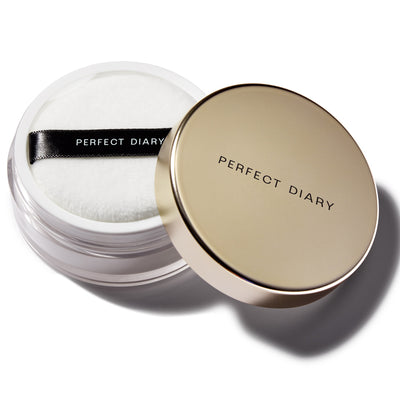What is a color corrector and how to apply it to make a flawless finish
Color corrector vs. Concealer: what’s the difference?
Before jumping straight into our step-by-step tutorial, we need to figure out what is a color corrector and what is a concealer. You might wonder why you need to go through the hassle of using a color-correcting palette when concealer can also conceal your skin imperfection. Well, it is actually not.
On the one hand, color correcting is not about covering, but is more about neutralizing the color or changing the color, such as the dark circle and redness on your face. On the other hand, concealer is for covering. When it comes to the shade of concealer, you need to use the one that matches your skin tone perfectly. Often times we tend to cover the area that we want to cover with high-coverage foundation or concealer.
How to apply the color corrector correctly?
Now that you know what is a color corrector, we are going to dive into the practical level.

The correct way to use the color corrector should be to apply it after using foundation and finally apply setting powder or baking powder to help set the makeup. If the makeup looks kind of creasing, you can use a layer of moisturizing toner or lotion before applying makeup and apply a layer of makeup moisturizing spray after applying foundation for a more natural-looking finish.
Then, use your finger to dab a little amount of the color corrector, and blend the edges by gently tapping. There are no harsh lines but only keep the color-correcting product where there is a curation. Don’t swipe your concealer on afterward because it will remove the color-correcting product around.
How to apply the color corrector for dark circles, redness, acne, and more?
To help you determine which is right for your complexion needs, we’re breaking down five common problems and how to color-correct them.
Dark circles under the eyes
There are actually many types of dark circles, so you need to use different colors for your unique issue. If you have blue under-eye circles, the orange color corrector can neutralize them magically. If you have bluish-purple or indigo under-eye dark circles, you are going to use yellow or yellowish orange. Even though you understand this whole color theory 101, you might still confuse that what the color of your dark circle is. So the best way is to try different colors under each eye and see each one works the best.
Acne, blemishes, and rosacea
If you have acne, blemishes and rosacea, you should use green color to correct the redness.
Pigmentation and localized darkness
Purple and yellow are contrasting colors that can be used to improve dull areas of the face, cover dark acne marks and blemishes, etc. Also, if you use a purple color corrector on the T-zone, it can brighten up the look and add more dimension.
How to choose the right color corrector product?
When it comes to choosing the right product, the color intensity or richness needs to match the depth of your skin tone. For example, very rich colors like summer berry is going to far more than just correct the area. It is going to over-correct and will be too vibrant. One tip is that you can use this color as a blush because it is creamy, it will give your skin a pretty natural red color.
So, what is a color corrector that suits you the best? If you have fair or light skin, the light or pastel color will be the right one. It is going to neutralize the area very naturally without leaving that strong pigment on your skin. If you have a medium or deep skin tone, you are going to use more vivid or vibrant colors. However, even if you have light skin, you could still have severe discoloration, in that case, you could use a vibrant color to cover the specific area. But remember to make it as thin as possible.
After reading this article about what is a color corrector and how to apply it, hopefully, you guys can use this information to customize color correcting for your own face depending on your skin needs.




















